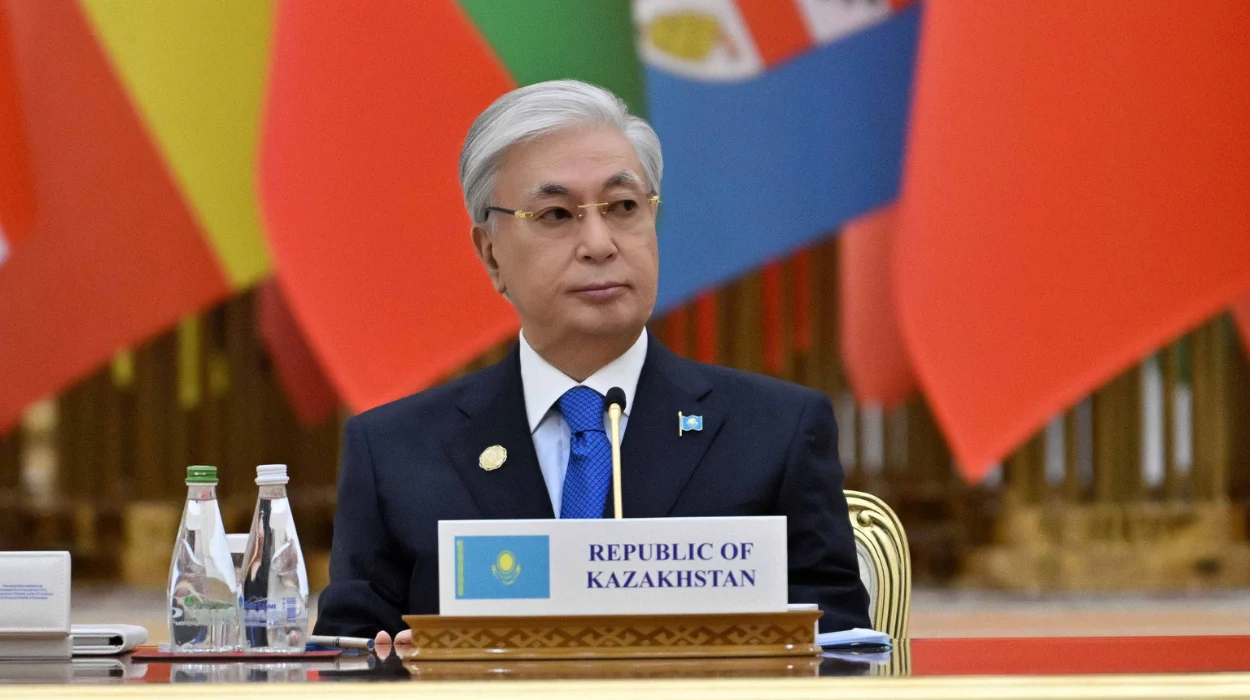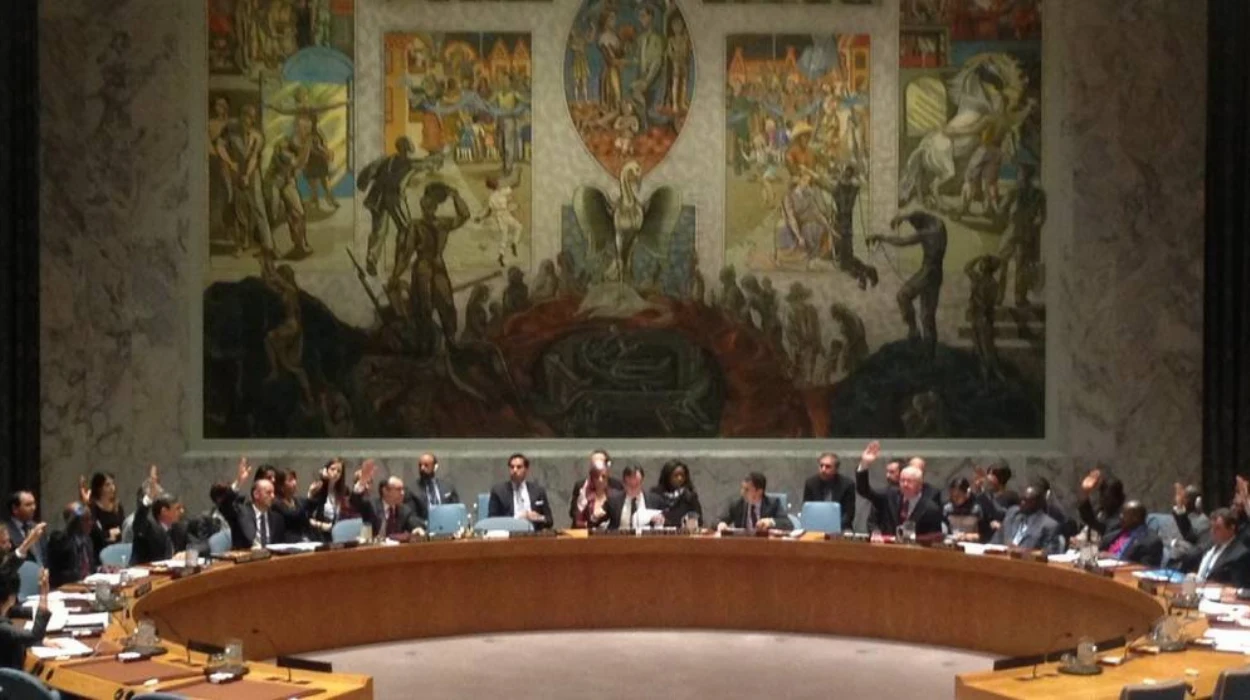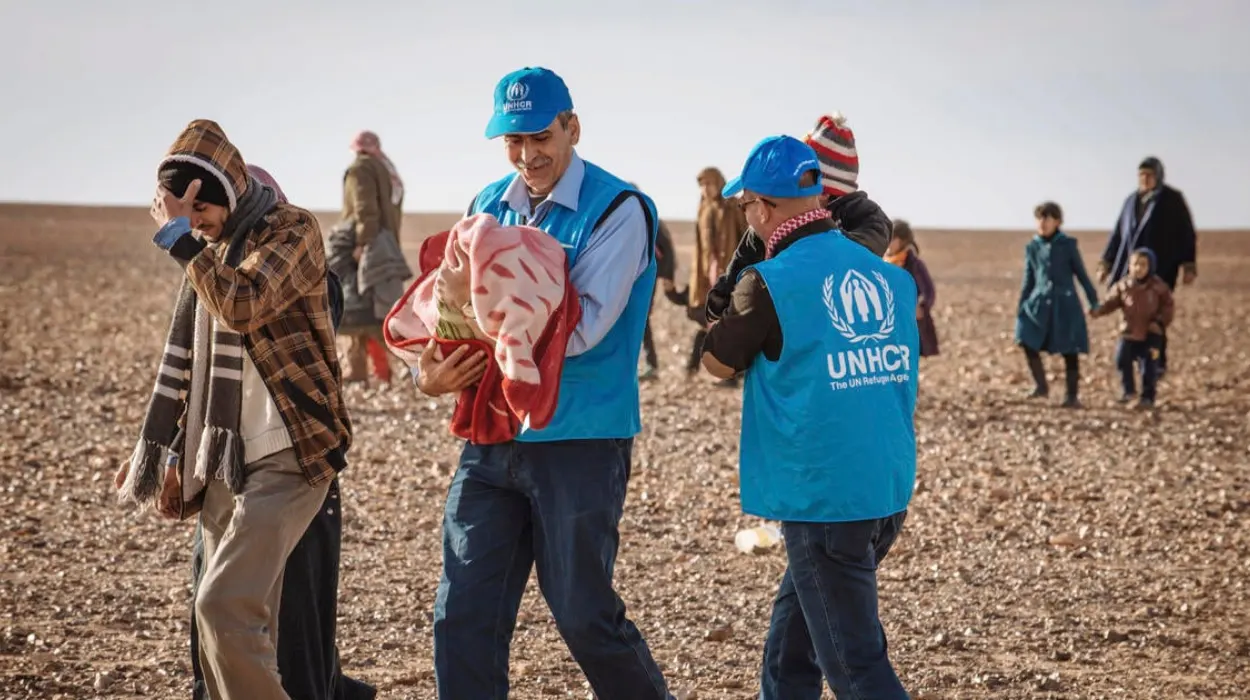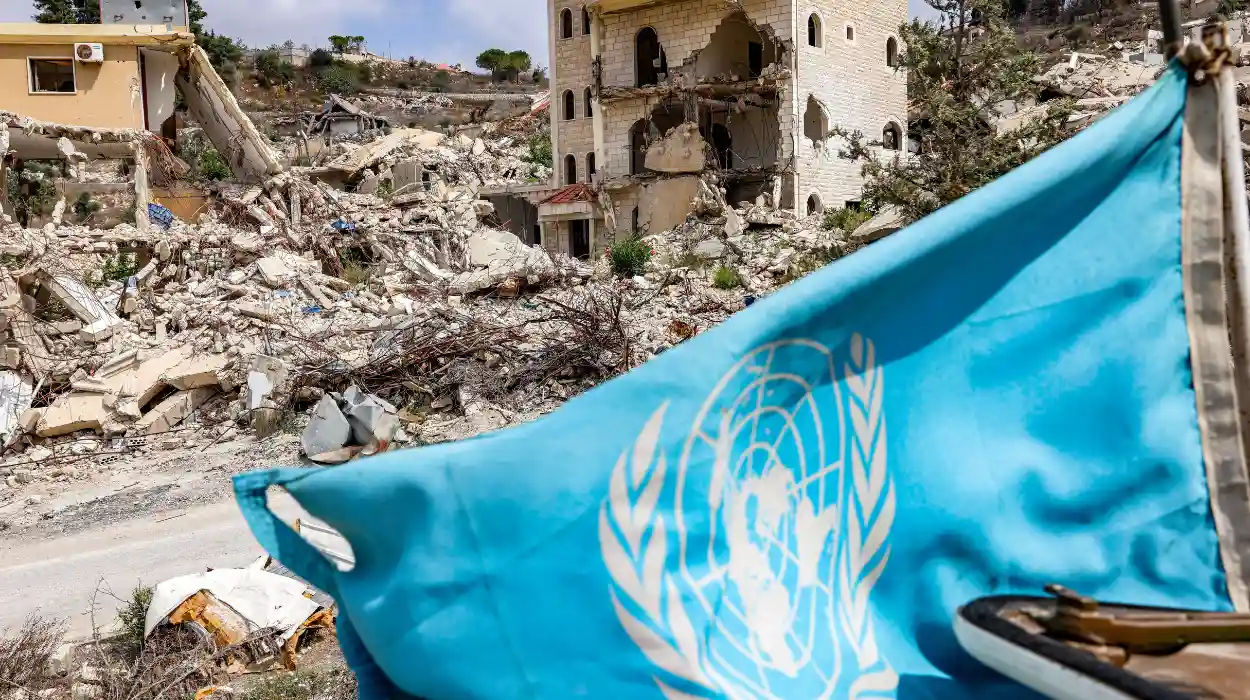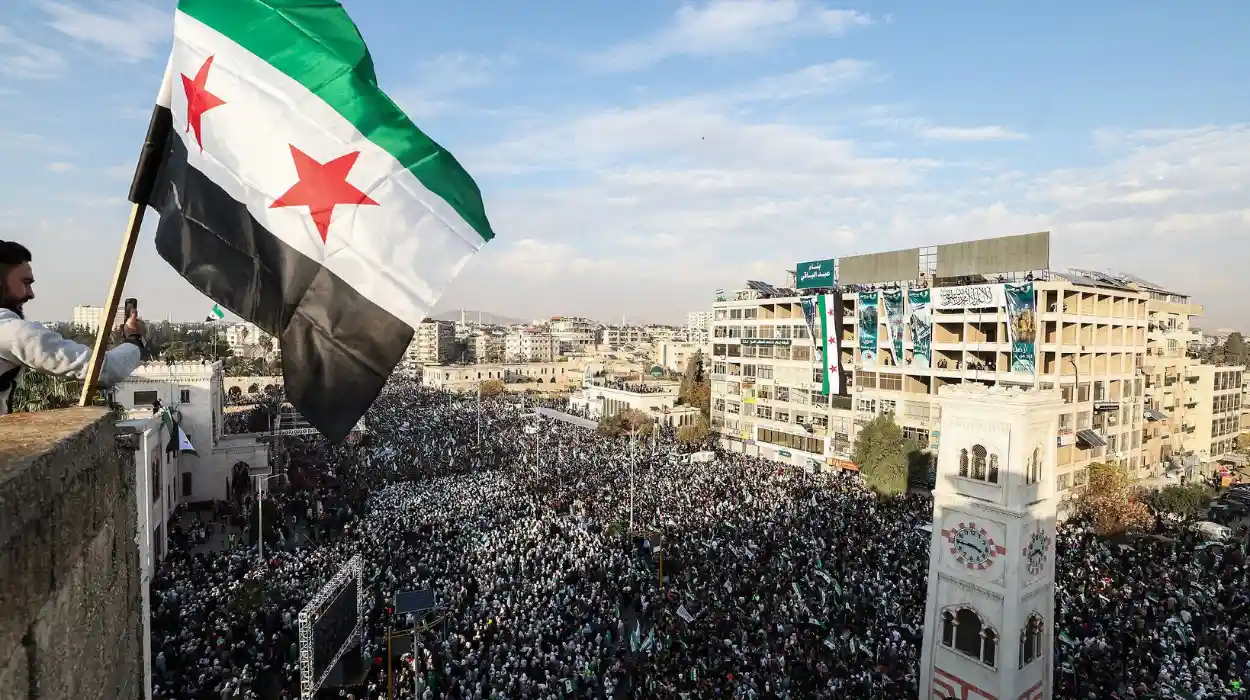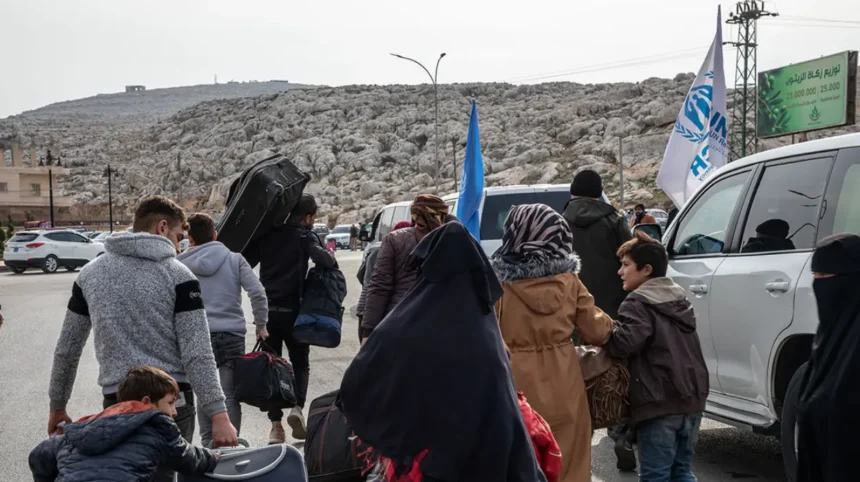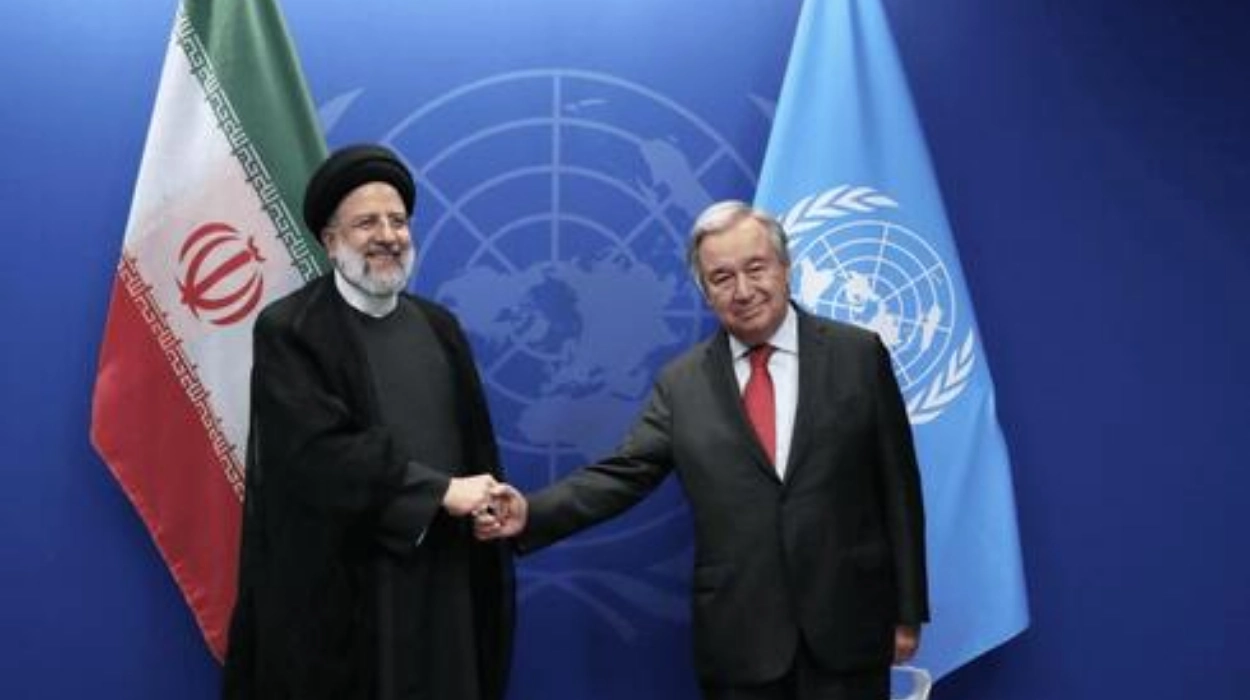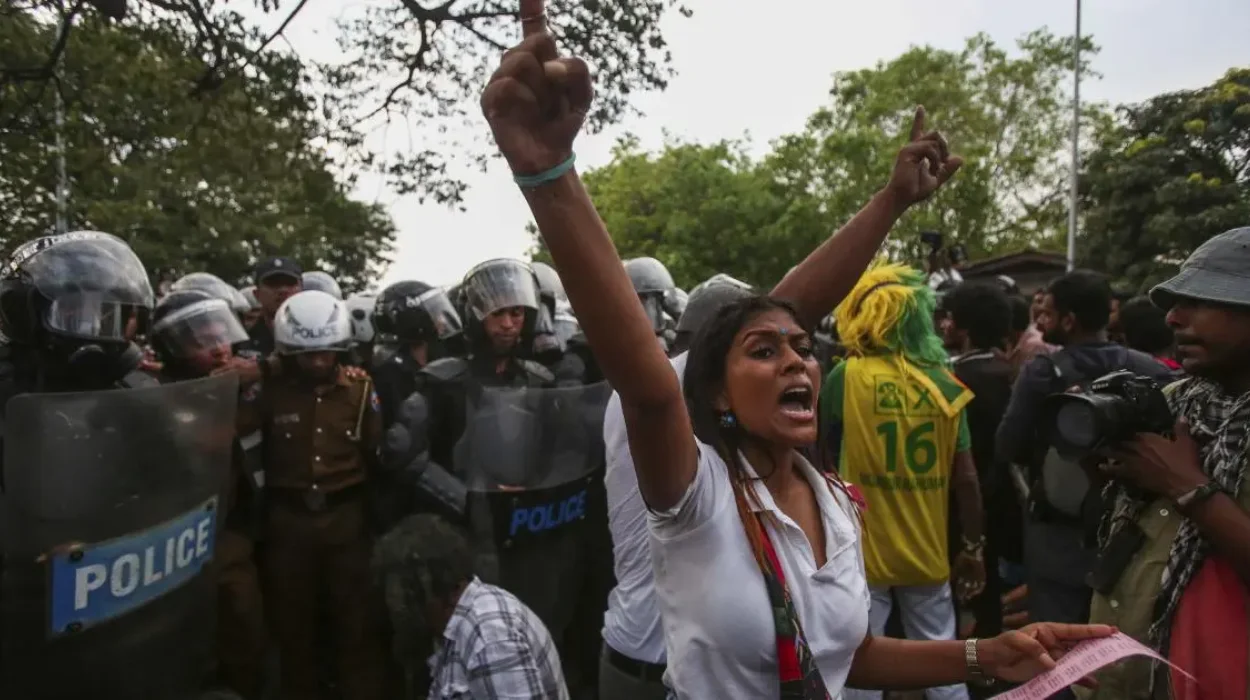As of 2025, a debate regarding Syrian refugees returning to the country has increased between the host countries and other international organizations. The United Nations High Commissioner of refugees (UNHCR), continues to be the centre of this multi-faceted process, balancing the mandate of voluntary, safe and dignified returns in the face of increased political imperatives, evolving security situations and donor apathy. Nearly 11 years after the outbreak of the conflict in Syria, more than 5.5 million Syrian refugees are still scattered across the Middle East and Europe with the highest numbers in Turkiye, Lebanon, and Jordan.
Incremental gains in certain regions of Syria did not lead to official optimism on behalf of UNHCR. The company believes that current circumstances in most parts of the nation are not geared towards massive returns yet. However, host-country political leaders are under increasing pressure, nationally, to cut down the number of refugees, providing economic and social strains as justification. This mismatch between politics and the cycles of protection as envisaged by the UNHCR has created a problematic space where the agency has been forced to arbitrate between the demands of states and humanitarian norms.
Host Country Fatigue And Return Agreements
With the highest number of Syrian refugees in the region at above 3.4 million, Turkiye has been increasing the bilateral interaction with the Syrian government and Russia to enable returns. In July 2025, Turkish officials announced a new route to Aleppo and the northern provinces of Hama, saying that it was safer there. Ankara has framed this initiative as diplomacy and also as a reaction to growing public discontent before national elections.
This path has not been approved by UNHCR, however, citing persisting risks such as arbitrary detention, forced conscription, and confiscation of property. UN monitors have raised red flags over differences between Turkish assertions and realities in the zones of return, which undermines the assumption of voluntary movement. The organization has also expressed concerns regarding the inability to monitor their access once the refugees re-enter Syria, as well as limiting its capacity to positively guarantee safety after returning.
Lebanon’s Unilateral Approach And Its Implications
Lebanon, which has a weak economy and the highest per capita refugee population in the world, has been conducting uncoordinated return campaigns without UN coordination. In March to August of 2025, the General Security Directorate reported more than 25,000 returns, which it described as being voluntary. However, instances of forced consent, shaky processes and lack of assurances have been reported by the civil society groups and local media.
UNHCR has continued to operate in border areas but it has not come out publicly to denounce Lebanese plans opting to use low profile diplomacy. Agency representatives emphasize that they cannot afford to compromise protection thresholds, but are increasingly constrained in their ability to affect state-led return agendas when host countries operate outside the multilateral framework.
Conditions Inside Syria And Return Deterrents
Within Syria, despite the fact that military tensions have subsided over the past few years as compared to the years of maximum conflict, the situation has not changed regarding protection. Internal evaluations of UNHCR reveal widespread issues of security clearances, revenge against former members of the opposition, and lack of basic facilities. As cities such as Damascus and Homs already had shown that there is little space left to fit returning people, the countryside is still at different levels of militia control, which adds to the problems of exploitation and state responsibility.
In May 2025, the government of Syria declared an amnesty to some draft evaders and defectors, an apparent attempt at encouraging people to come back. But, human rights monitors have recorded inconsistent enforcement and post-return harassment. These facts help to explain why displaced Syrians, especially those who escaped government-controlled regions, are unwilling to consider going back.
Socioeconomic Hurdles Undermine Reintegration
There are reintegration barriers on top of security. Sustainable return becomes extremely challenging due to the destruction of infrastructure, loss of housing and local economies. Global support in reconstruction efforts has been thin, in part because of ongoing Western sanctions and transition-related conditions. Within this context, the re-entry of refugees is not only a physical movement but a re-entry into a political order whose resolution is not complete and is unstable.
UNHCR has tried to assist returnees by reintegrating them through community-based reintegration programmes, provide legal assistance, rehabilitate shelters and provide vocational assistance in liaison with local NGOs. However, funding and access limitations remain a barrier to such undertakings and that is the reason the agency does not provide full support but instead only triage assistance.
UNHCR’s Mandate, Neutrality, And Constraints
The greatest dilemma faced by UNHCR is how to balance the fundamental principle of voluntary return that the agency operates under and adapting to the changing realities in the region. When the agency judges against the interests of the state, host governments are increasingly moving towards perceiving it as a political entity, and not a neutral humanitarian organization. Such an impression threatens to limit the influence and the accessibility of UNHCR.
Neutrality has also been questioned by the refugee communities who seem to have been left alone by the agency in the face of forced repatriation. Syrian diaspora networks have condemned what they believe is a lack of sufficient public advocacy by UNHCR against pushbacks and forced returns. These criticisms remind readers of a fine line the agency has to walk: between involving governments to ensure there is space to operate, and protecting the rights of refugees and ensuring that return is truly voluntary.
Parliamentary Voices And Public Debate
Irish Member of the European Parliament Clare Daly has raised the alarm over what she terms a harmful change in the policy of European refugees, accusing the EU states of seeking to contain instead of protecting people. Daly suggested in February 2025 that the EU delegation of refugee administration and its reticence to reject involuntary returns is a disownment of legal responsibility and moral leadership. She cautioned that global bodies such as UNHCR should not allow themselves to be part of politics or they lose their credibility.
The people of Syria were abandoned before the earthquake ever hit,its economy and reconstruction battered by Western sanctions. The UN Syria humanitarian programme last year was only 47% funded. Aid agencies are screaming for sanctions to be lifted, or thousands more may die. https://t.co/IEwYXHjb0y pic.twitter.com/Wpe6DwNNQK
— Clare Daly (@ClareDalyIRL) February 15, 2023The sentiments of Daly are coincident with the larger civil society anxieties of declining refugee guarantees in the face of geopolitical exhaustion and securitized migration discourse. These forces confront UNHCR to find middle grounds that do not betray donor governments or lose access to vulnerable zones.
The Broader Picture Of Durable Solutions
The present nature of Syrian refugee returning campaigns displays the boundaries of informal solutions. Although bilateral return corridors and quiet repatriations can provide political relief to host nations, they will never be sustainable solutions without being based on safety, legality and dignity. UNHCR still supports a full-scale political resolution to the conflict in Syria as the only sustainable foundation of vast-scale voluntary retaliation.
In the meantime, resettlement and local integration are important, yet frequently neglected, elements of the international protection tool kit. With resettlement quotas not rising and host countries growing less convinced of it, it falls more and more on UNHCR to make the case that return is not the final policy but rather one of multiple rights-based responses to the displacement of Syrian migrants.
In 2025, the agency faces a constricted operating environment, navigating between protection principles and political constraints. Its future credibility may hinge not only on its technical capacities but on its ability to uphold humanitarian norms amid complex, often contradictory, geopolitical demands. As refugee movements evolve and new crises emerge, the agency’s handling of Syria’s protracted displacement will remain a defining test of its institutional role in a fractured global order.


